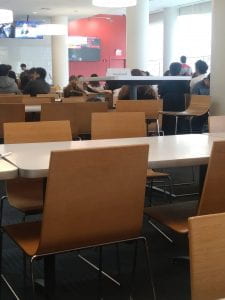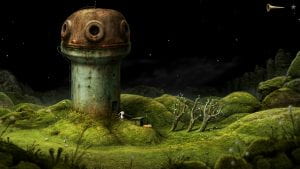Full Game / Full Video Playthrough
One of my favorite indie games for a while has been The Uncle Who Works For Nintendo, a horror Twine game by Michael Lutz. In it, you play as a child in the nineties who is going over to a friend’s house for a sleepover; their uncle, who works for Nintendo (hence the title), will be visiting at midnight. Throughout the night, the main character has different memories of playing Nintendo games and their friend acts suspiciously. When the uncle arrives, the player can choose to hide in various places or go and open the door with their friend; no matter what, the uncle takes over the screen with lines of code and “eats” them. The true ending is unlocked after experiencing some of the major endings.
The game explores themes of childhood, nostalgia, and fitting in, as well as how games shape our lives, as described in essays unlocked after completing the true ending. I also love the game because of how it creates a very specific tone using text, simple visuals, and powerful audio. Later in the game, it directly plays with the affordances we typically expect from video games, and ties video game functions (such as saving) and other aspects such as bugs directly into the narrative for the player to take advantage of. The use of game affordances as a narrative tool has always intrigued me, and games that do this have recently been breaking more and more into the mainstream.










